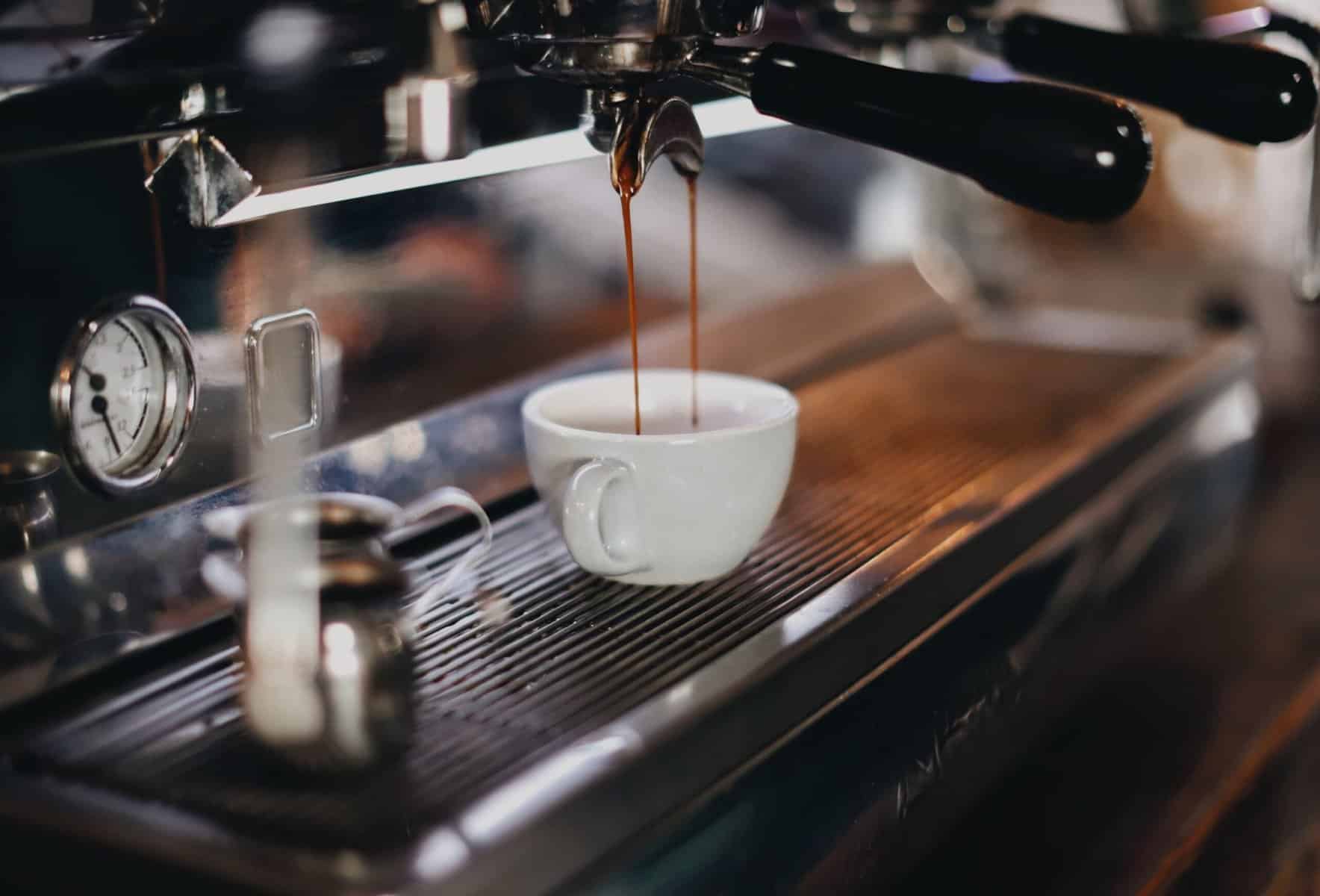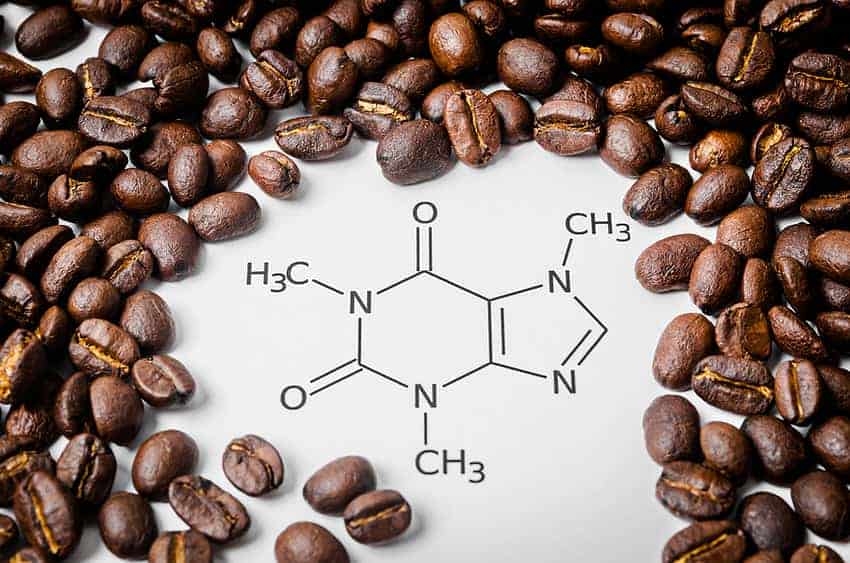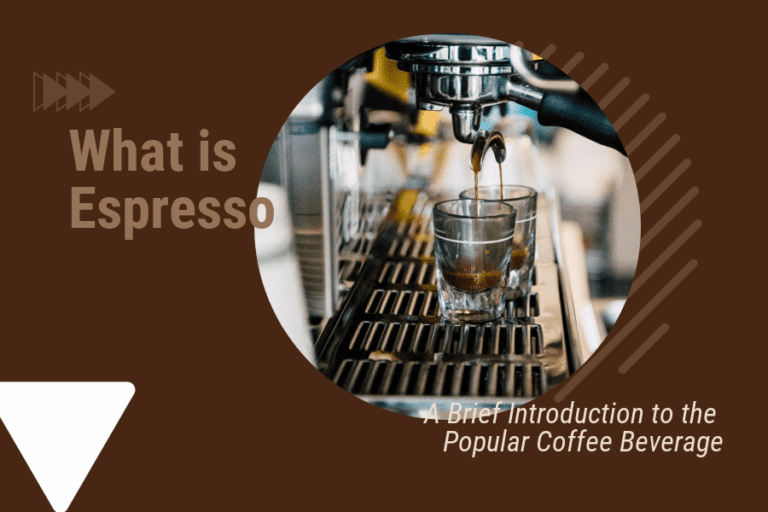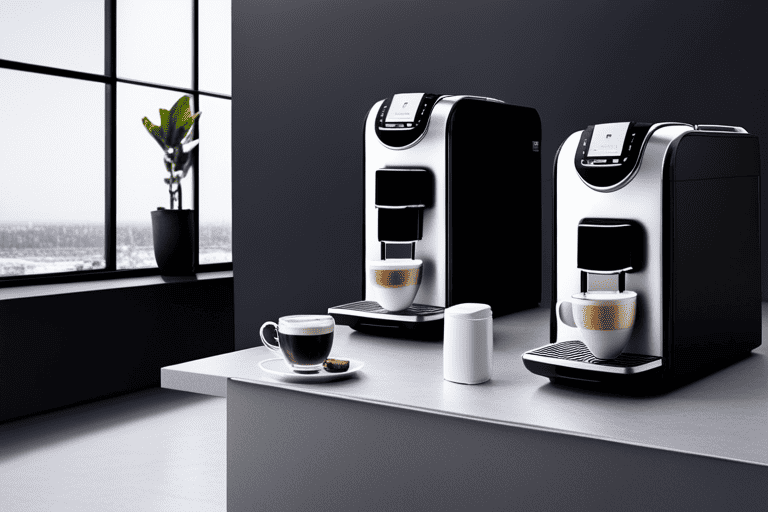Espresso Concentrate: How to Make and Use It for Your Coffee Needs

When it comes to coffee, the amount of caffeine can vary greatly depending on the brewing method and the type of coffee bean used. One popular coffee beverage that people often wonder about is espresso. Specifically, how much caffeine is in four shots of espresso?
To answer this question, we turned to a variety of sources to gather information on the caffeine content of espresso. According to our research, four shots of espresso can contain anywhere from 258 milligrams to 472 milligrams of caffeine, depending on the coffee shop and barista, the brewing style, and the type of coffee beans used. This is significantly more caffeine than a standard cup of coffee, which usually contains around 95-200 milligrams.
It’s important to note that caffeine sensitivity can vary greatly among individuals, so what may be a safe amount of caffeine for one person may not be for another. Additionally, pregnant women and those who are breastfeeding are advised to limit their caffeine intake. With that said, let’s dive into the details of how much caffeine you can expect to find in four shots of espresso.
Understanding Caffeine
Caffeine is a natural stimulant found in coffee beans, tea leaves, and cocoa beans. It is the most widely used psychoactive drug in the world, consumed by millions of people daily. Caffeine works by blocking the action of adenosine, a neurotransmitter that promotes sleep and suppresses arousal. By doing so, caffeine increases alertness, reduces fatigue, and improves cognitive function.
When it comes to espresso, the caffeine content can vary depending on several factors, including the type of coffee bean used, the grind, and the brewing method. On average, a single shot of espresso contains around 60 milligrams of caffeine. However, this amount can range from as low as 30 milligrams to as high as 100 milligrams, depending on the variables mentioned above.
It’s important to note that caffeine affects people differently. Some individuals may be more sensitive to caffeine than others, experiencing jitters, anxiety, and other side effects even with small amounts. Others may have a higher tolerance for caffeine and require more to achieve the same effects. It’s essential to know your own limits and adjust your caffeine intake accordingly.
If you’re looking to limit your caffeine intake, there are several options available. You can opt for decaf espresso, which contains only a small amount of caffeine, typically less than 5 milligrams per shot. You can also try alternative brewing methods, such as cold brew or French press, which tend to have lower caffeine content than espresso.
In summary, understanding the caffeine content of espresso is essential if you want to manage your caffeine intake effectively. While a single shot of espresso contains around 60 milligrams of caffeine on average, this amount can vary depending on several factors. It’s important to know your own limits and adjust your caffeine intake accordingly.

Espresso: A Quick Overview
Espresso is a concentrated coffee beverage that is made by forcing hot water through finely ground coffee beans under high pressure. It is typically served in small shots and has a strong, rich flavor. Espresso is a popular choice for coffee lovers who want a quick pick-me-up or a flavorful addition to their coffee-based drinks.
Espresso is made using a specialized machine called an espresso machine. The machine forces hot water through the coffee grounds using a high-pressure pump, resulting in a concentrated shot of coffee that is rich in flavor and aroma. The amount of coffee used to make an espresso shot is typically around 7 grams, and the shot is usually served in a small cup or glass.
One of the defining characteristics of espresso is its crema, which is the layer of foam that forms on top of the shot. The crema is created by the high-pressure extraction process and is a sign of a well-made espresso shot. It is also an important part of the flavor profile of the shot, as it adds a creamy texture and a slightly sweet taste.
Overall, espresso is a popular coffee beverage that is enjoyed by coffee lovers around the world. Its strong flavor, concentrated nature, and unique crema make it a favorite for those who want a quick and flavorful pick-me-up.
Caffeine Content in a Shot of Espresso
When it comes to caffeine, espresso is known for packing a punch. But just how much caffeine is in a shot of espresso? Let’s take a closer look.
Factors Influencing Caffeine Content
Several factors can influence the caffeine content in a shot of espresso. These include:
- Bean Type: The type of bean used to make espresso can affect the caffeine content. Robusta beans, for example, have more caffeine than Arabica beans.
- Roast Level: The roast level of the beans can also impact caffeine content. Darker roasts tend to have slightly less caffeine than lighter roasts.
- Grind Size: The size of the coffee grounds used to make espresso can affect caffeine content. Finer grounds typically result in more caffeine extraction.
- Brew Time: The length of time the espresso shot is pulled can impact caffeine content. A longer extraction time can result in more caffeine extraction.
- Shot Size: The size of the espresso shot can also affect caffeine content. A standard shot is typically 1 ounce, while a double shot is 2 ounces.
According to the United States Department of Agriculture, a single shot of espresso (1 ounce) contains around 63 milligrams of caffeine on average. However, caffeine content can vary based on the factors listed above.
It’s worth noting that while espresso shots contain less caffeine than a standard cup of coffee, the caffeine is more concentrated. This means that a shot of espresso can provide a quicker and more intense caffeine boost than a cup of coffee.
Overall, there are several factors that can influence the caffeine content in a shot of espresso. While a single shot typically contains around 63 milligrams of caffeine, this can vary based on the type of beans used, the roast level, grind size, brew time, and shot size.
Calculating Caffeine in Four Shots of Espresso
When it comes to calculating caffeine in four shots of espresso, there are a few things to keep in mind. First, it’s important to note that espresso shots can vary in caffeine content depending on the brand, beans used, and brewing method. However, we can use an average estimate to get a general idea of how much caffeine is in four shots of espresso.
According to our research, one shot of espresso contains around 64 milligrams of caffeine. Therefore, four shots of espresso would contain approximately 256 milligrams of caffeine. This is significantly more caffeine than a standard cup of coffee, which usually contains around 95-200 milligrams, depending on the brand and brewing method.
It’s worth noting that some coffee shops may use more or less coffee grounds when making their espresso shots, which can affect the caffeine content. Additionally, some people may be more sensitive to caffeine than others, so it’s important to listen to your body and adjust your caffeine intake accordingly.
If you’re looking to reduce your caffeine intake, you may want to consider ordering a smaller size or fewer shots of espresso. Alternatively, you could opt for a decaf espresso or a different type of coffee altogether.
In summary, four shots of espresso contain approximately 256 milligrams of caffeine on average. However, caffeine content can vary depending on the brand, beans used, and brewing method. It’s important to be mindful of your caffeine intake and adjust accordingly if necessary.
Effects of Consuming Four Shots of Espresso
When it comes to consuming caffeine, moderation is key. While a moderate amount of caffeine can provide an energy boost and improve mental alertness, consuming too much caffeine can have negative effects on the body.
Four shots of espresso contain approximately 240 milligrams of caffeine, which is considered a high amount of caffeine intake. Consuming this much caffeine can lead to several negative effects, including:
- Anxiety and restlessness: Consuming too much caffeine can cause feelings of anxiety and restlessness, which can be uncomfortable and interfere with daily activities.
- Insomnia: Caffeine can interfere with sleep patterns, making it difficult to fall asleep and stay asleep. Consuming four shots of espresso can lead to insomnia and disrupted sleep patterns.
- Digestive issues: Caffeine can stimulate the digestive system, leading to digestive issues such as nausea, diarrhea, and stomach cramps.
- Increased heart rate and blood pressure: Consuming too much caffeine can cause an increase in heart rate and blood pressure, which can be dangerous for individuals with pre-existing heart conditions.
It’s important to note that the effects of caffeine can vary from person to person, and some individuals may be more sensitive to caffeine than others. Additionally, consuming caffeine in combination with other substances, such as alcohol or medications, can increase the negative effects of caffeine.
Overall, while four shots of espresso may provide a quick energy boost, it’s important to consume caffeine in moderation to avoid negative effects on the body.

Alternatives to Espresso for Caffeine Intake
While espresso is a popular choice for caffeine intake, there are many alternatives available for those who want to switch things up or are looking for a less intense option.
Coffee
Coffee is a classic and widely available alternative to espresso. While espresso is a concentrated shot of coffee, a regular cup of coffee is made by brewing coffee grounds with hot water. The caffeine content of coffee varies depending on the type of coffee and the brewing method, but a typical 8-ounce cup of coffee contains around 95 mg of caffeine. This is less than the caffeine content of a 4-shot espresso, which contains around 260 mg of caffeine.
Tea
Tea is another popular alternative to espresso. While tea contains less caffeine than coffee, it can still provide a decent amount of caffeine to help you stay alert. A typical 8-ounce cup of black tea contains around 47 mg of caffeine, while green tea contains around 29 mg of caffeine per 8-ounce cup. Herbal teas, on the other hand, are caffeine-free.
Energy Drinks
Energy drinks are a common choice for those who need a quick boost of energy. However, they are often high in sugar and other stimulants, so they should be consumed in moderation. A typical 8-ounce energy drink contains around 80 mg of caffeine, which is less than the caffeine content of a 4-shot espresso.
Other Alternatives
There are many other alternatives to espresso for caffeine intake, including:
- Matcha: A powdered green tea that contains caffeine and other beneficial compounds.
- Yerba mate: A South American tea that contains caffeine and other antioxidants.
- Guarana: A plant native to the Amazon that contains caffeine and other stimulants.
- Chocolate: Dark chocolate contains caffeine and other beneficial compounds that can provide a boost of energy.
Overall, there are many alternatives to espresso for caffeine intake. Whether you prefer coffee, tea, or other options, there are plenty of ways to get your caffeine fix without relying on espresso.
Conclusion
From our research, we have learned that 4 shots of espresso contain approximately 252 milligrams of caffeine. This amount of caffeine can have several health benefits, including improving cognitive function and increasing alertness. However, it is important to note that consuming too much caffeine can also lead to negative side effects, such as anxiety, insomnia, and jitters.
It is also worth mentioning that the caffeine content of espresso can vary depending on a variety of factors, such as the type of coffee beans used, the brewing method, and the size of the shot. Therefore, it is always a good idea to be mindful of your caffeine intake and to consult with a healthcare professional if you have any concerns.
Overall, while 4 shots of espresso can provide a strong caffeine boost, it is important to consume it in moderation and be aware of its potential effects on your body.





